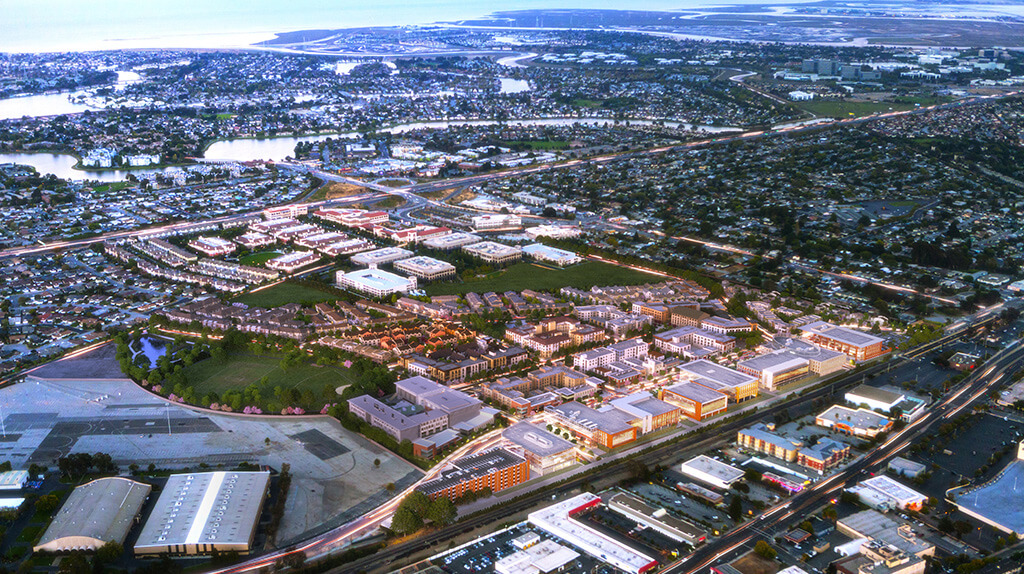
An aerial view of Bay Meadows. Photo courtesy of Steelblue.
Americans spend a lot of time in their cars. The average American drives 29.2 miles (47 kilometers) a day, for 46 minutes. That’s a grand total of 12 days each year spent sitting behind the wheel of a car. That’s 36 full, 8-hour workdays or that vacation you can never seem to find the time to take. It’s the time you can never find to exercise or play that instrument you’ve wanted to learn but don’t have the time to practice. In short, it is too much time spent sitting in a metal box.
Unfortunately, for too many people, freeing themselves from the burden of car-dependence isn’t an option. Work is too far away, the shops are too far from work, and the roads in between aren’t safe to walk or bike on. While we can chime all we want about individual choices to walk or bike, at the end of the day, the right infrastructure needs to exist first.
With the San Francisco/ Silicon Valley region experiencing record in-migration in recent years, there is more pressure than ever on the road systems. As residents grapple with increasing congestion, the ridership on Caltrain (a commuter rail line) has more than doubled in the last 10 years, with a nine percent increase in the past year alone. While the rail line is great for getting in and out of the city, it doesn’t solve the problem of last-mile transportation. According to Caltrain, the number of commuters bringing bicycles on board more than tripled in the last 10 years: from 1,860 bike boardings in 2005 to 6,207 in 2015.
One California community is shaking things up in the car-dependent state by taking an active approach to transportation in order to enable and encourage its residents to get out of their cars and get outside.
Bay Meadows is an 83-acre real estate development in San Mateo, CA, midway between San Francisco and Silicon Valley, and it’s changing the game on how space can impact the quality of our lives. Built on the site of an old horse racing track that was an airfield before that, it’s a great example of a greyfield development. Billed as a transit-oriented development (TOD), Bay Meadows includes a mixture of residential, office, retail, and other amenities all located within a half-mile (0.8 kilometer) of quality, public transportation.
Owner Stockbridge Capital and developer Wilson Meany wanted to make functional, multi-modal transportation a focal point of the neighborhood’s design. In addition to its location along the Caltrain commuter rail line, Bay Meadows features a network of bike paths and the designation of 20 percent of its area to be left as open space for people walking and biking.
“In the early planning of Bay Meadows, we worked from a premise that there would be increased demand for more urban-like environments where people have choices for getting around,” said Janice Thacher, partner with Wilson Meany. “To create a transit-oriented development that actually functions optimally, with people on the streets and sidewalks and in cafes (adding life and energy to the neighborhood), we thought it was critical, in addition to access to Caltrain, to make walking and biking a part of our social fabric.”
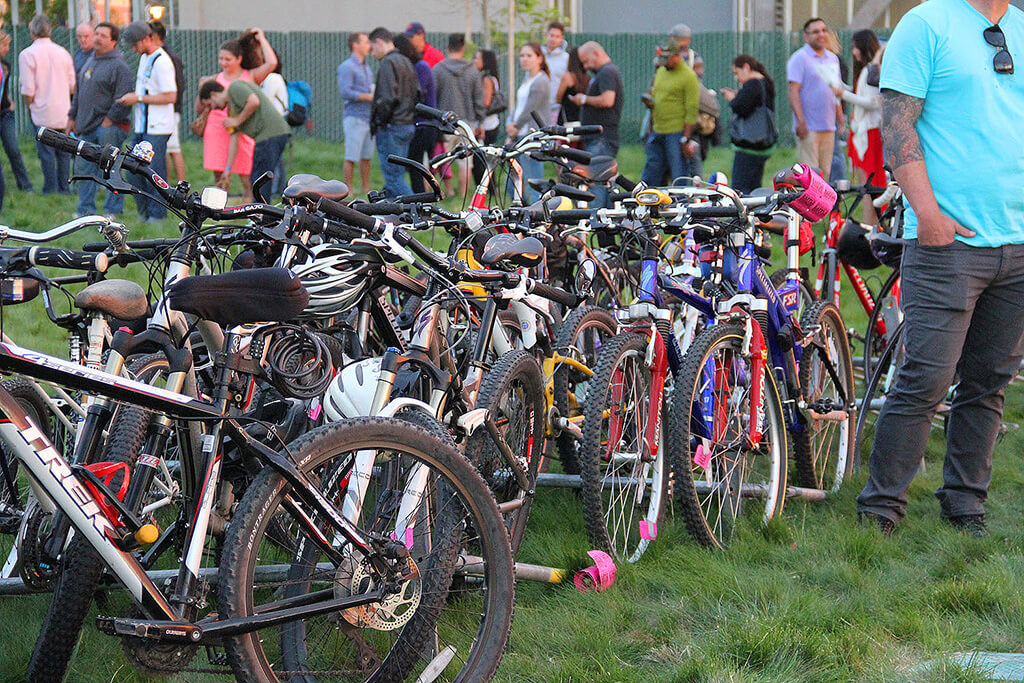
Events like Movies in the Meadow bring the community together outdoors. Photo courtesy of Bay Meadows.
The community also gives each new household a free PUBLIC bike, a perk that one Bay Meadows resident, Shara Watkins, credits with her return to cycling. “Prior to living in Bay Meadows, we lived in downtown San Mateo. My husband would bike out to Coyote Point from there for morning exercise, but I never had a bike and didn’t have much desire,” Watkins explained. Upon moving to Bay Meadows and receiving her free bicycle, Watkins began incorporating cycling into her regular routine. She now bikes to work once or twice a week, takes leisurely rides out to Coyote Point with her husband on weekends, and uses the bike to cart her groceries home from Whole Foods, which she noted is much more convenient than driving to the shop and finding parking.
Bay Meadows serves as an example of how smart city planning can solve the problem of transportation at every level in an increasingly populated world. Forty percent of residents report riding Caltrain daily, 85 percent walk or bike to shop or dine nearby on a regular basis, and 86 percent count walkability and bike-friendliness among their top attributes for life in the community.
Thacher explained, “We’re implementing specific urban planning techniques – such as locating garages in alleys for safer sidewalks with fewer curb cuts and integrating an abundance of bike racks and adding pocket parks and landscaping throughout. These small design attributes together foster behaviors such as walking, bicycling, and social interaction. Those behaviors, in turn, lay the groundwork for more significant mode shifts that might not have otherwise occurred: taking public transit, ride-sharing, biking, and walking, which we all know are good for public health and for the environment.”
Bay Meadows serves as a benchmark for how smart urban design can influence mode shift at a broader level. It follows the “if you build it, they will come” philosophy, which has been seen time and time again to ring true with everything from bike lanes to park benches. If the infrastructure exists and people feel safe to ride and walk, they will get out of their cars and experience their community in healthy and positive ways.
“We are always running into friends and neighbors while we are out on a bike ride or walking to the garden. It’s much harder to get that same sense of community when everyone goes from their car to their garages,” Watkins said. “The last time I had a bike was sophomore year in college, so about 13 years ago. Now, I can’t imagine life without it.”
Hilary Angus is the Online Editor at Momentum Mag, where she writes about urbanism and the intersection of bicycling and social justice. @HilaryAngus
Get your FREE copy of: Momentum Mag's Bike Lock Guide
In this guide, we share stats on bicycle theft, the best ways to lock your bike and which ways to avoid, types of locks to use, new technologies combating theft, a directory of brands and much more!
Thank you for your submission. Please check your inbox to download the guide!

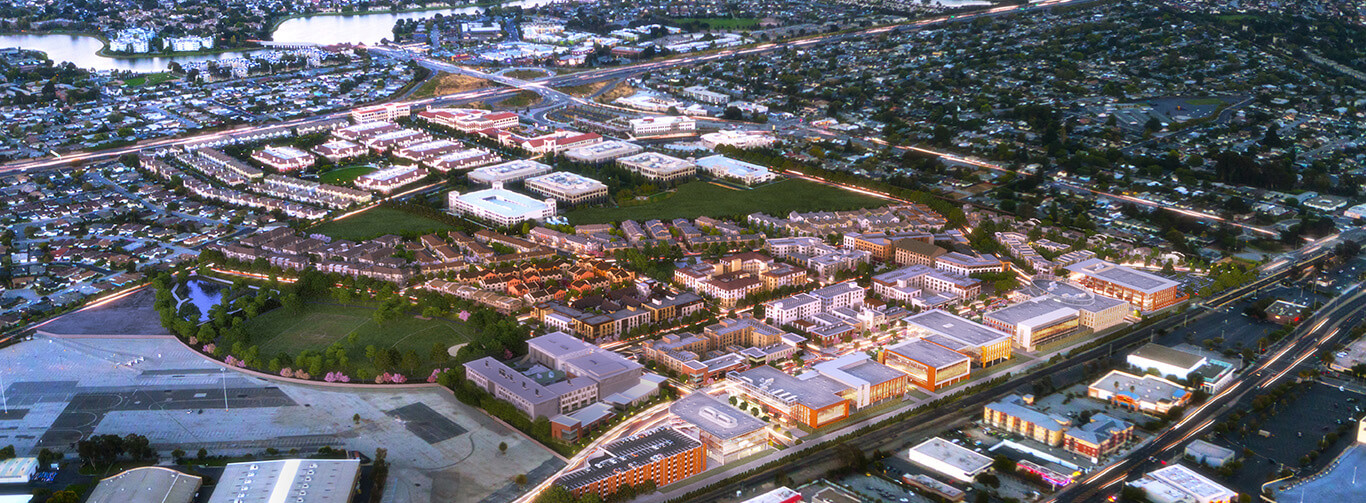

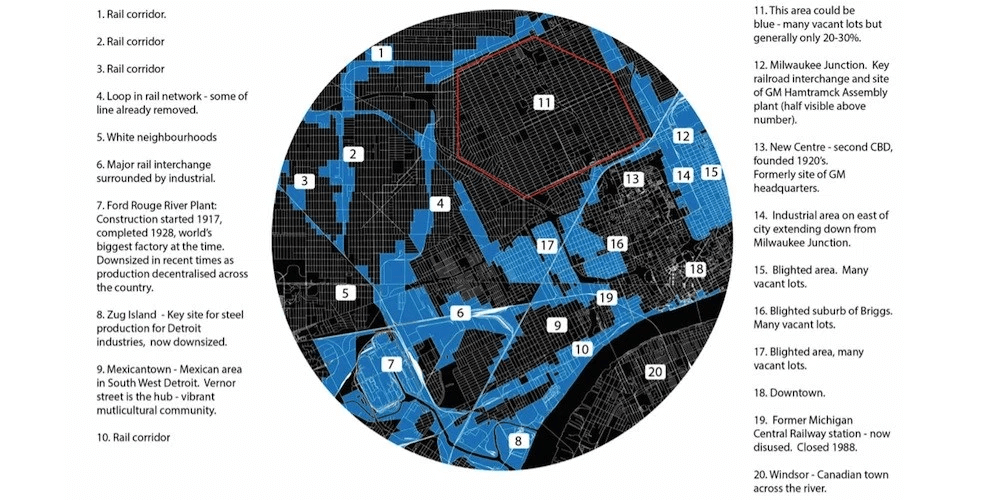

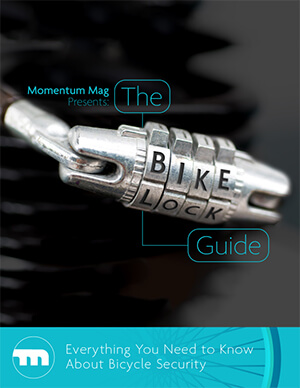
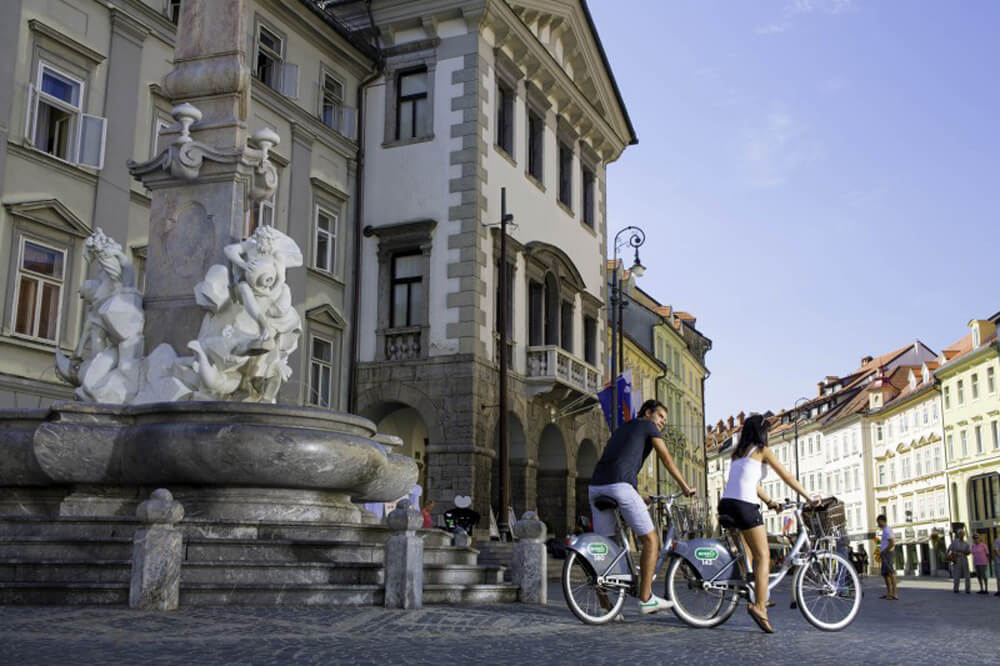
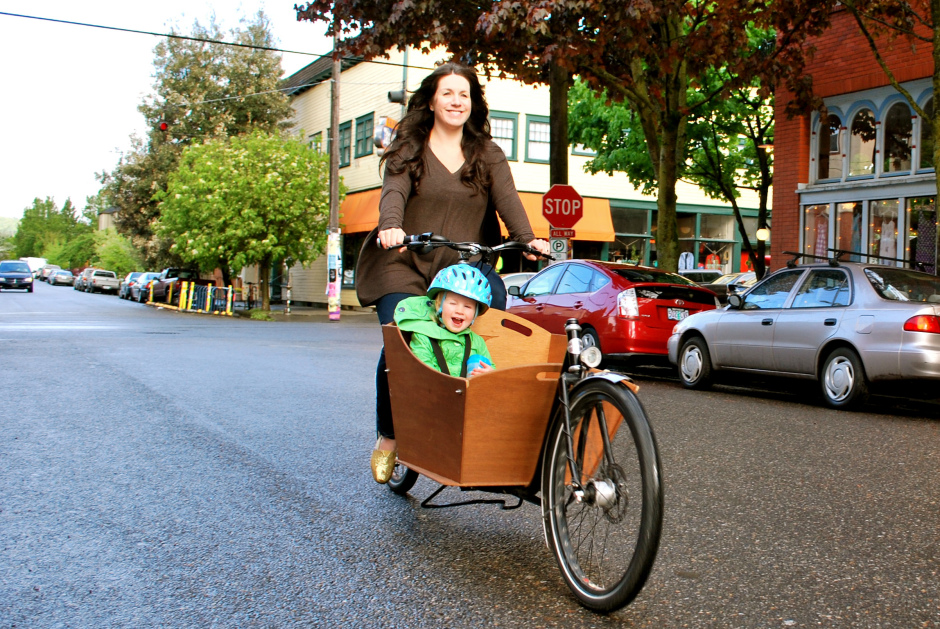
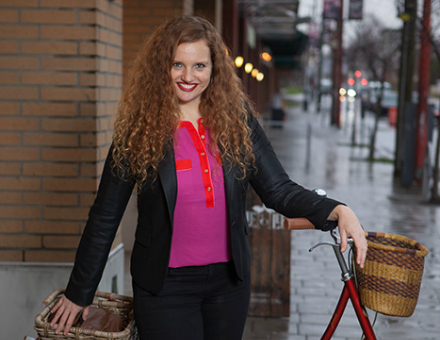
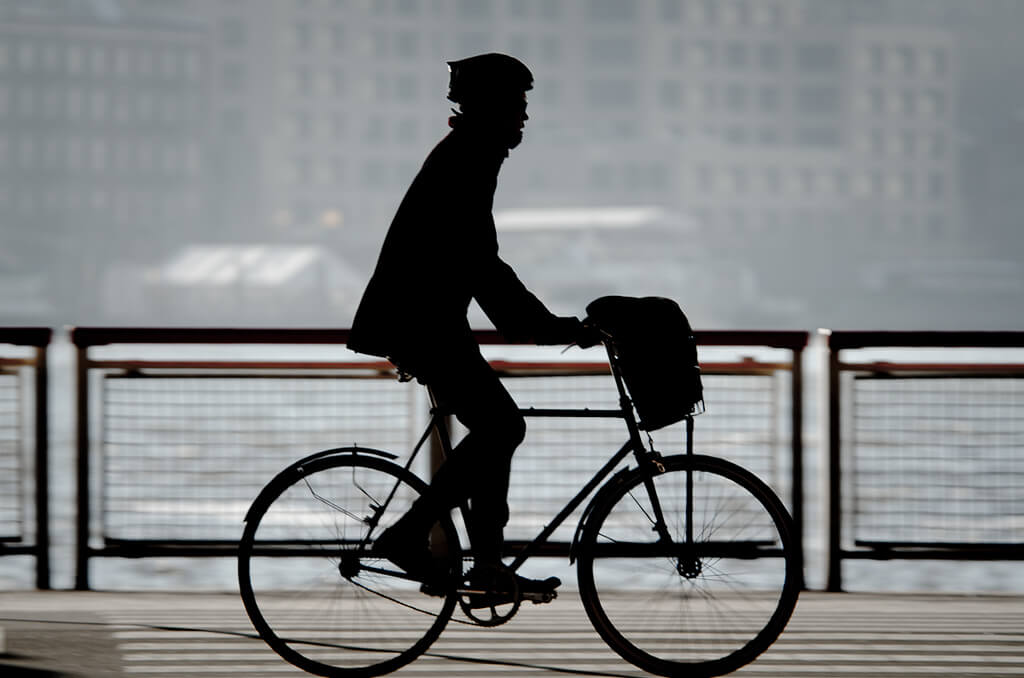
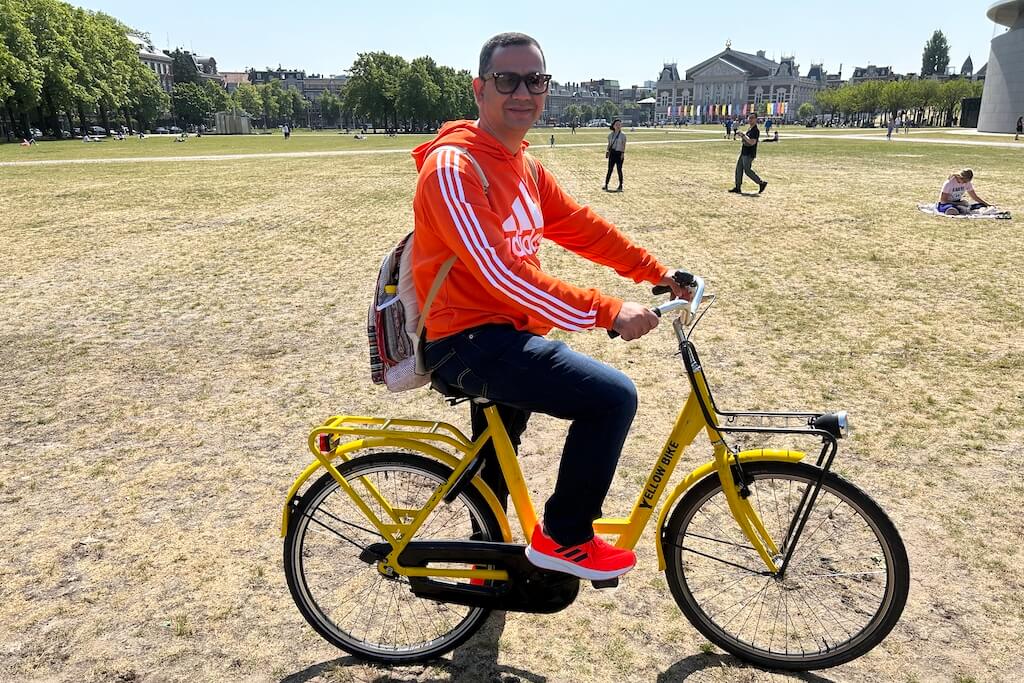
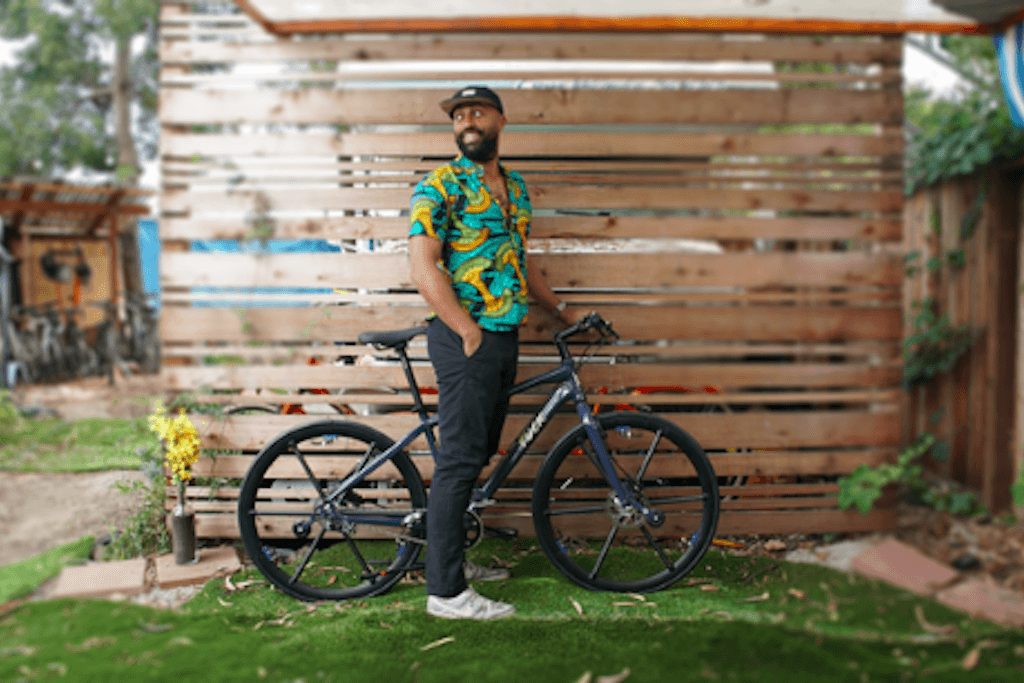
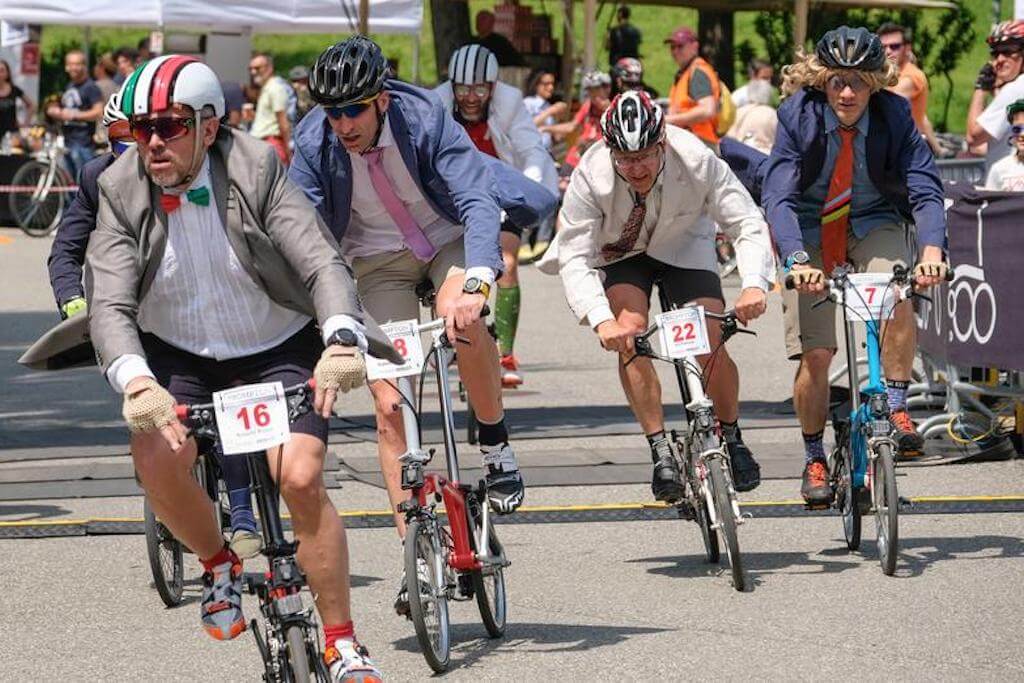
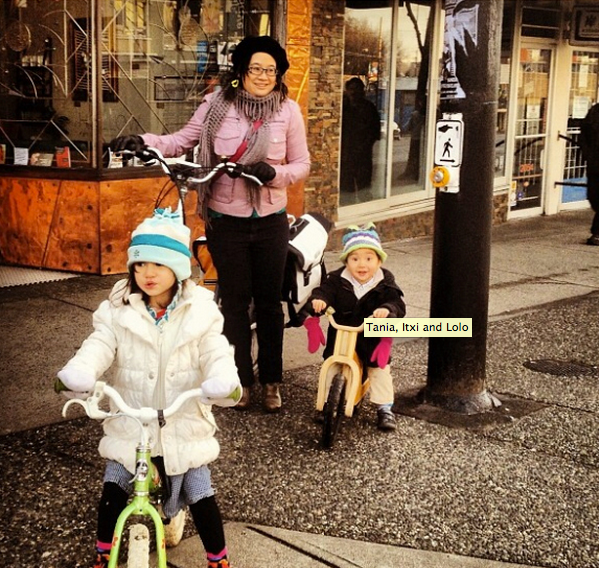
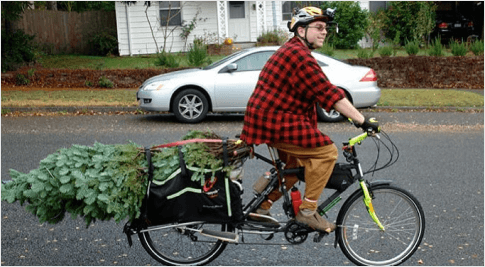
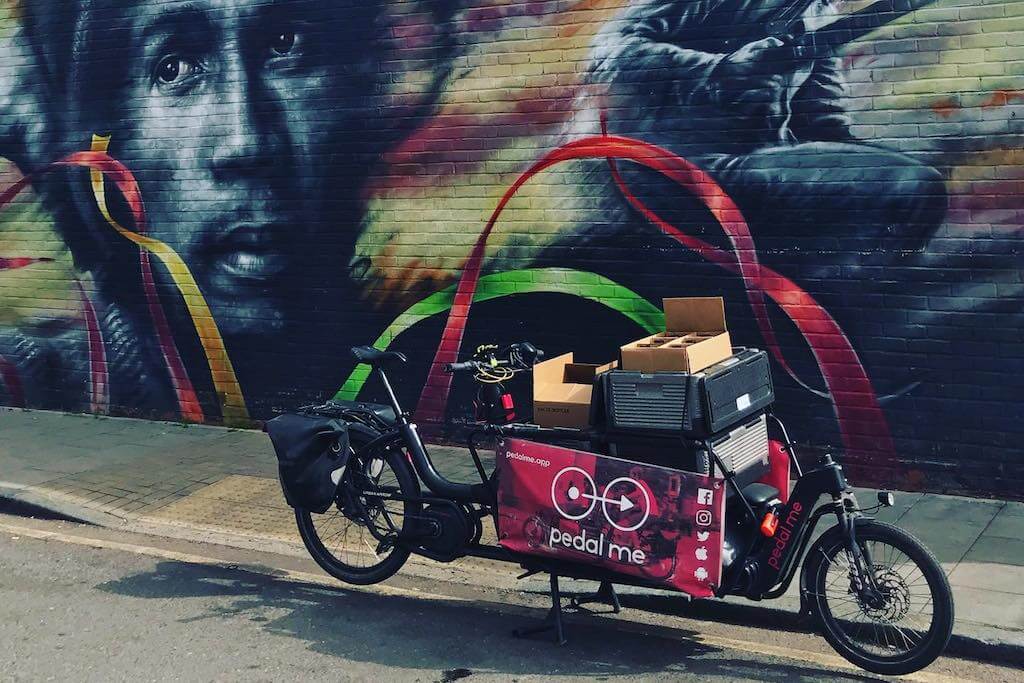

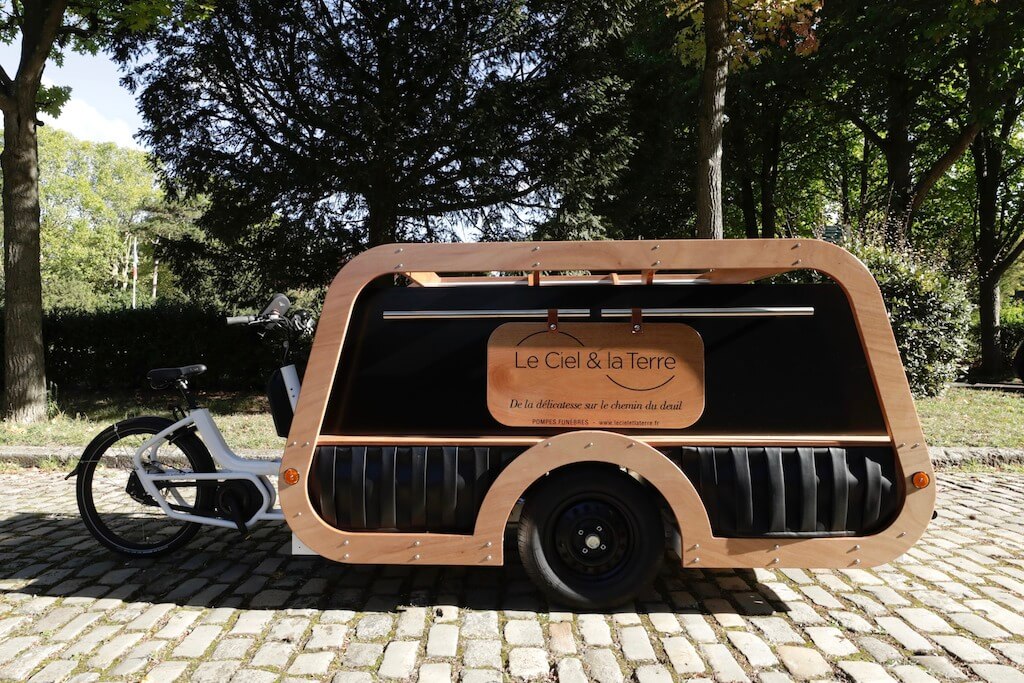
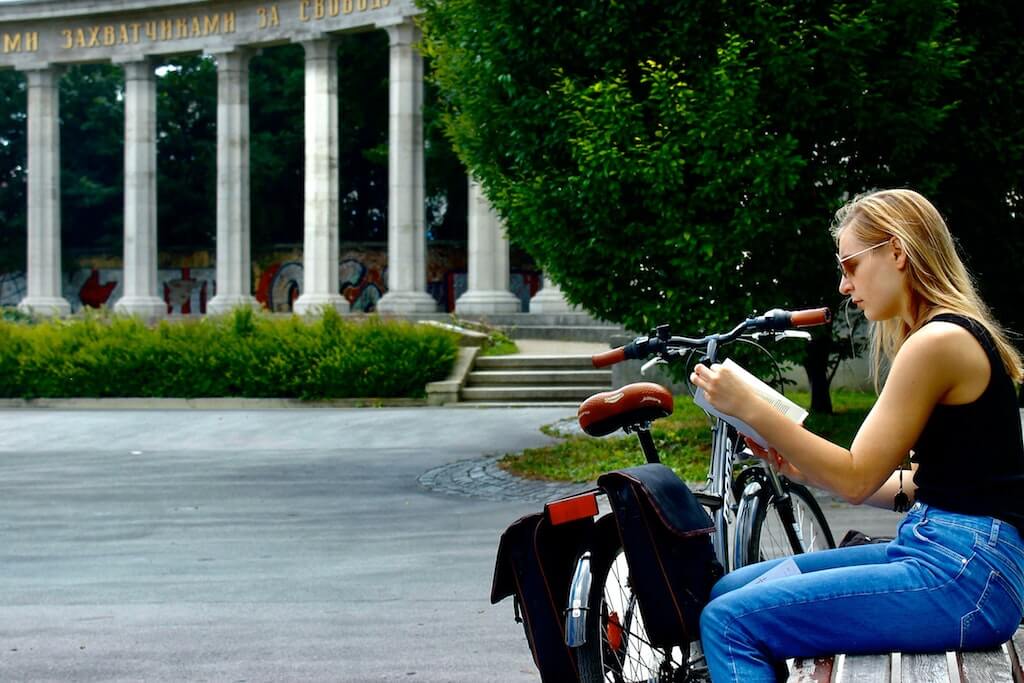
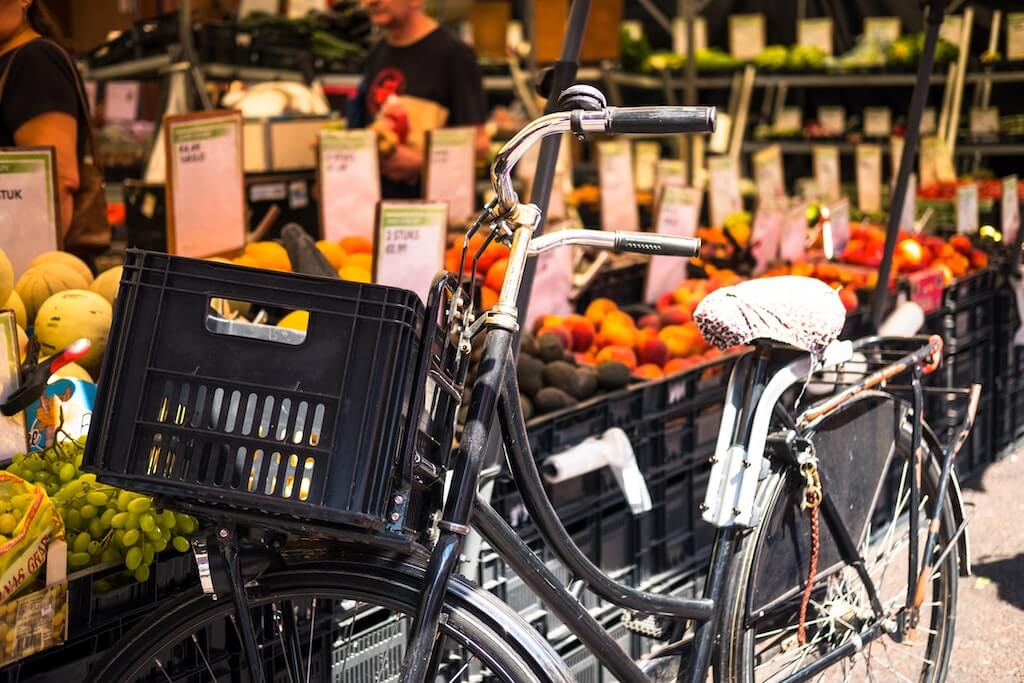
Comments are closed.